Description
The Casio WK-7600 is a high-quality keyboard designed for musicians, producers, and music enthusiasts of all levels. It boasts a wide range of features that make it a perfect choice for both beginners and experienced musicians alike.
Design and Build Quality
The keyboard features a stylish design with a sleek black finish. It measures 46.7 x 15 x 5.5 inches and weighs a total of 18.5 pounds, making it portable and easy to carry around. The Casio WK-7600 has a rugged build quality, which means it can withstand the rigors of everyday use.
Sound and Performance
The keyboard is equipped with Casio’s Hex Layer sound engine, which provides a highly realistic sound that emulates a true grand piano. It features 820 built-in tones, including vintage electric piano sounds, strings, choir, brass, and saxophone. There are also 240 built-in rhythms and a host of effects that allow you to experiment with your sound.
The Casio WK-7600 also has a 17-track sequencer that allows you to record and edit your performance. The sequencer has a multi-track recording function that enables you to record up to 16 tracks at the same time.
Connectivity
The keyboard features USB connectivity, making it easy to transfer your music files to your computer or recording equipment. It also has a headphone jack and a microphone input, which means you can use it for live performances or recording in real-time.
The keyboard also has a 16-channel mixer that allows you to mix and balance the volume of different instruments and effects. It also has an audio in jack, which allows you to connect an external audio player or other sound source.
Conclusion
In conclusion, the Casio WK-7600 is a high-quality keyboard that offers excellent value for money. It is versatile, portable, and easy to use, making it a perfect choice for both beginners and professionals. If you’re looking for a keyboard that delivers great sound, performance, and connectivity, the Casio WK-7600 is definitely worth considering.
Casio WK-7600 properties
| Product name | WK-7600 |
| Brand | Casio |
| Type | Keyboard Instruments |
| Keyboard Instrument | Keyboard |
| Drawbars/Sliders | Yes |
| Rotary Controls | Yes |
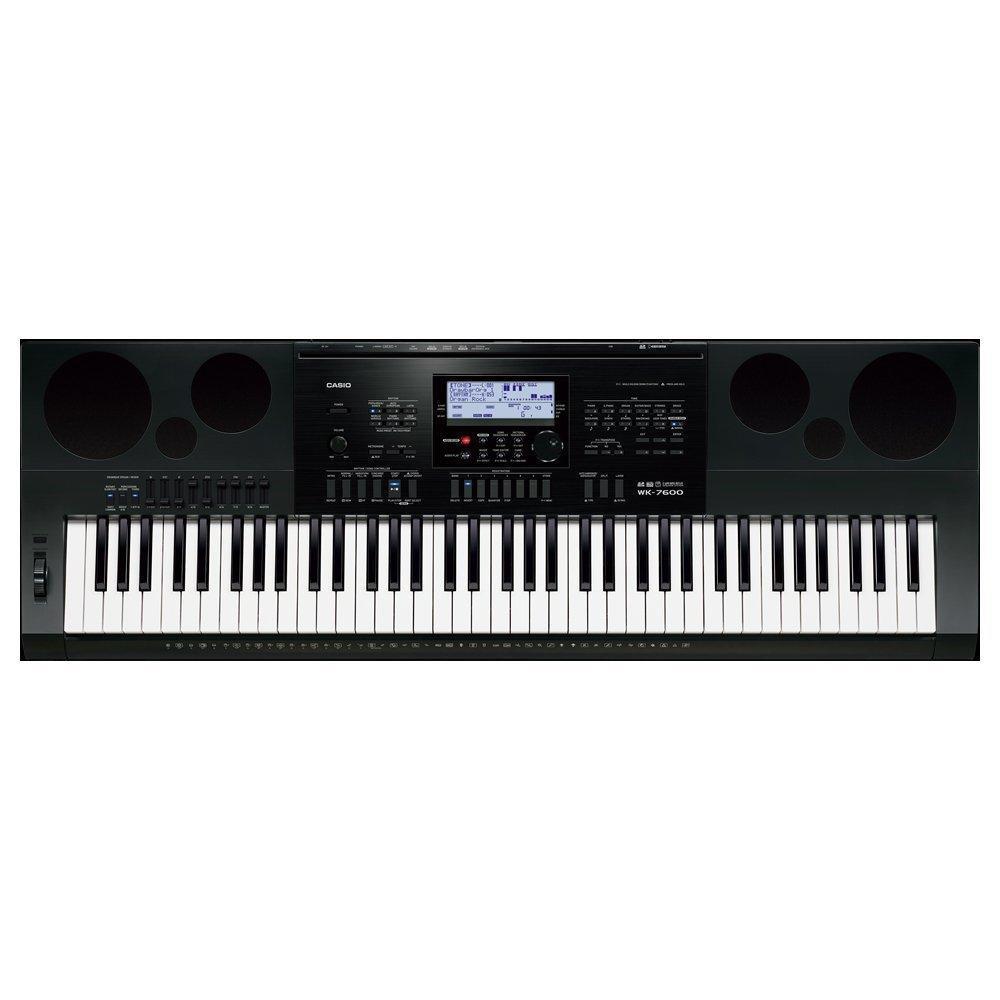

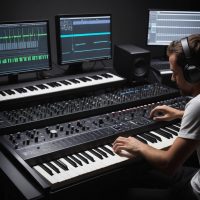
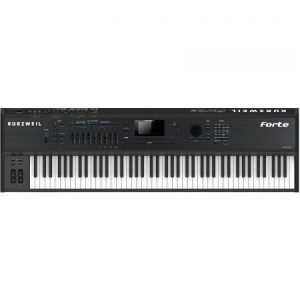
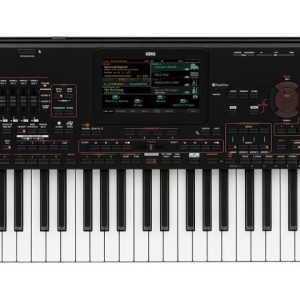
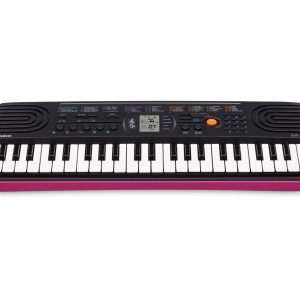
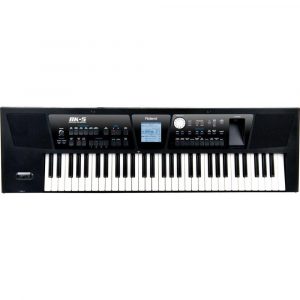
Komuh ALa –
I recommend this instrument to those who are looking for the following parameters:
– decent sound of classical (pianos and organs) and electronic instruments
-high class dynamic keyboard (much better than in standard keyboards)
– larger than the standard scale range of the keyboard
-esthetics of performance
-logical interface
-possibility of transposition
-17 temperations (e.g. even, Kirnberger, Weckmeister, 3 midrange)
-Able to be fine-tuned in 1 cent increments
– the ability to create your own sound like in synthesizers
– revelational Hammond module with sliders / registration
– cool speakers
– knob to change the pitch of the currently played sound
– modulation / vibration button of the currently played sound
– no “learning” option for amateurs – completely unnecessary in professional instruments
– the ability to save your own settings
– the ability to save your own sounds
– keyboard sharing
-connecting sounds
-mixer
– sequencer
-arpeggator
-lots of percussion options
-multiple rhythm options
-lots of input and output sockets allowing for professional music creation in the studio and on stage, and I’m not talking about weddings or disco polo
To sum up, it is a real Mercedes in the keyboard class at an average price, which is on the border of keyboards, synthesizers and professional instruments. I bought it after many searches and consultations.
Brooke Macdonald –
Hi everyone, my name is Brooke Macdonald and I recently purchased the Casio WK-7600 from an online shop back in February. Let me tell you, I am absolutely thrilled with my purchase!
One of the things that really attracted me to the Casio WK-7600 is its power efficiency. I’ve always been passionate about conserving energy and doing my part to help save the planet, so finding a keyboard that aligns with those values was a major win for me. This keyboard is designed to be energy efficient, making it a great choice for those who want to reduce their carbon footprint.
I first came across the Casio WK-7600 when I visited a physical store located at 313 Southwest Dr, Jonesboro, AR 72401, United States. The moment I laid eyes on it, I was impressed by its sleek design and advanced features. However, I decided to purchase it online to take advantage of the convenience and competitive pricing.
Now, let me share some tips and tricks for those who are interested in buying a keyboard. The Casio WK-7600 belongs to the keyboard category, which means it offers a range of musical possibilities and versatility. It comes with various advanced functions such as a high-performance sound source, recording capabilities, and a wide range of tones to explore.
One feature that I adore is the Casio WK-7600’s built-in USB MIDI interface. This allows me to connect the keyboard to my computer easily, enabling me to record my compositions and manipulate them digitally. It has truly taken my music creation experience to the next level.
Additionally, the Casio WK-7600 offers a wealth of built-in rhythms and accompaniments, making it perfect for solo practice or jamming with others. The extensive selection of tones and effects allows for endless experimentation and creativity.
Overall, I couldn’t be happier with my purchase of the Casio WK-7600. Its power efficiency, high-quality sound, and versatile functions make it a fantastic choice for both beginners and experienced musicians. If you’re in need of a reliable and eco-friendly keyboard, look no further.
Fernando –
Hey fellow keyboard enthusiasts! I just wanted to chime in on this Casio WK-7600 review by Komuh ALa because, honestly, while their praise is very enthusiastic, I think it might be a bit… over the top. Let’s break down their points and see where they might have missed the mark—or maybe just been blinded by the shine of that “Mercedes in the keyboard class” metaphor. Spoiler alert: I’m about to drop some bombshells here 🎹💣.
First off, Komuh ALa loves the “decent sound of classical (pianos and organs) and electronic instruments.” Okay, but wait—has anyone actually sat down with this keyboard in a studio? The WK-7600’s sounds are… okay. They’re not terrible, sure, but they’re not the kind of rich, layered tones you’d expect from something that’s supposed to be “professional.” Don’t get me wrong—I’ve heard worse (looking at you, Yamaha PSR-E353). But “decent”? That feels like a stretch when you can drop $2k on an Akai MPK Mini or even a used Nord Stage 2 and feel like you’re getting real instruments. The Casio’s sounds are more… meh. They might pass for a party band, but not a professional studio. And that’s where Komuh ALa goes off the rails with their “Mercedes” comparison. If I wanted to drive a Mercedes, I’d want it to be a real car, not one with a paint job that looks like a toaster.
Then there’s the “high class dynamic keyboard.” Let me guess—they’re talking about the 76-note weighted keys? Yeah, those are pretty nice. But hold on—what about velocity sensitivity? The WK-7600 has it, but it’s not as responsive as, say, a Korg D1 or a M-Audio Axiom. You can feel some lag when you hit the keys harder. It’s like trying to play piano with a sponge—still functional, but not exactly high class. Also, Komuh ALa mentions “larger than standard scale range.” Okay, 76 keys is more than the standard 61, but again—this isn’t a grand piano. It’s a compact keyboard with a few extra octaves. Big deal? Maybe for someone who’s just starting out and wants to “sound professional,” but it doesn’t magically fix the issues with the sounds or the responsiveness.
Let’s talk about “aesthetics of performance.” Oh, Komuh ALa’s got style—they love the look of the keyboard. But here’s the thing: aesthetics are subjective. The WK-7600 looks like it was designed by a committee that forgot to check for ergonomics. The buttons are tiny, the LCD screen is cramped, and the layout feels… cluttered. It’s not ugly, but it’s not the kind of design that makes you want to perform on it either. You can’t argue with Komuh ALa on this one—they’re right in a way. But again, “aesthetics” don’t make up for poor functionality.
Now, the “logical interface.” Okay, I’ll give them this—there are a ton of buttons and knobs. But here’s where it gets weird. The WK-7600 has so many features that it’s like trying to use a spaceship control panel. There’s a knob for pitch bend, sliders for the Hammond module, 17 temperaments… but how do you even find your way through this labyrinth? It’s not intuitive at all. Komuh ALa says there’s “no ‘learning’ option for amateurs,” which is true—but that doesn’t make it easier to use. If you’re an amateur trying to figure out how to transpose a song in Weckmeister temperament, you’ll spend 10 minutes fiddling with menus just to get the right sound. It’s not “logical”—it’s more like a puzzle.
And then there’s “the ability to save your own settings” and all that jazz. Sure, it’s cool that you can tweak sounds and store them—but here’s the catch: how often do you actually need to do that? If I want to save a patch, why not use a DAW or just record it directly into my computer? The WK-7600 feels like it’s trying to be a “professional” instrument, but in reality, it’s more of a hybrid—something that doesn’t quite fit into the studio or the stage. You end up using it for basic tasks and then just switching to your laptop for anything serious.
Now, I want to pivot here to something completely unrelated… but not really. Let’s talk about that article someone mentioned: Humanoid Robots 2025: From Prototypes to Mass Production. I mean, what does a Casio keyboard have to do with robots? Well, here’s the thing: both are products of technological overreach. The WK-7600 is trying to be everything at once—piano, organ, synthesizer, sequencer—but it ends up being a jack-of-all-trades. Similarly, humanoid robots in 2025 are supposed to be the next big thing, but they’re still just prototypes that can’t walk, talk, or really interact with humans meaningfully. It’s like the WK-7600 and the humanoid robot both trying to do too much.
And speaking of overreach—why am I even bringing this up? Oh right! Because there’s been a huge shift in student behavior: more students are choosing not to leave home these days, with the number doubling in the last 20 years. Now, how does that tie into robots and keyboards? Well, imagine if humanoid robots were being used as teaching assistants or even music tutors in classrooms. If a kid can learn piano from a robot at home instead of going to school, why would they leave the house at all? It’s not just about convenience—it’s about control. Students aren’t leaving home because they’re getting everything they need in their homes now.
But wait—does that mean the WK-7600 is part of this trend? Maybe. If students can practice on a keyboard like the WK-7600, tweak sounds, and even simulate studio environments without ever stepping outside, it’s no surprise more are choosing to stay home. But here’s where I get skeptical: if a robot can teach you piano better than a human, but your Casio can’t even do half of what it claims, is this just another layer of marketing fluff?
Let me throw out a question that might blow everyone’s minds: Is the Casio WK-7600 really “professional,” or is it just a product of our obsession with hyper-connected gadgets and features? Because if I can use a robot to play piano for me, why do I need a keyboard at all? And if my Casio can’t even handle the basics like velocity sensitivity properly, what’s the point of having so many buttons?
Now, this isn’t just about the WK-7600. It’s about how we’re approaching technology in general. We want everything—sound, performance, control, robotics, AI—to be packed into a single device that can do it all. But the reality is: we’re still trying to figure out what “professional” even means in 2025 when robots are already walking around and teaching kids.
So, Komuh ALa—I get where you’re coming from. You love your WK-7600, and it’s not horrible. But let’s be real: for the price point, there are better options out there that don’t try to do 20 things at once and then fail at them all. And while I’m here, if you’re curious about whether humanoid robots could revolutionize music education—or even replace keyboards like this—check out that article here and see what the future holds. Because trust me—if a robot can play piano better than my Casio, I’m not sure if that’s a win or a loss for us all.
In closing: The WK-7600 is like a robot trying to be human—it has potential but still feels… mechanical. It’s not bad, but it’s not the “Mercedes” Komuh ALa claims. And in a world where students are choosing to stay home more than ever, maybe we should be asking: Are we building tools for people—or for robots?